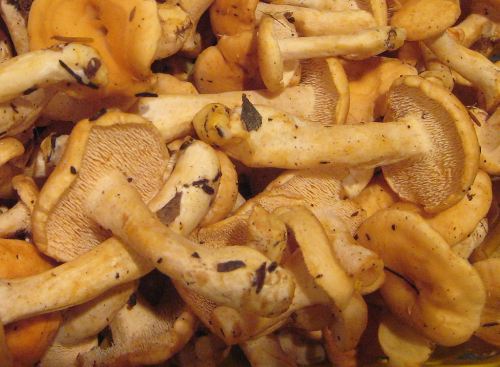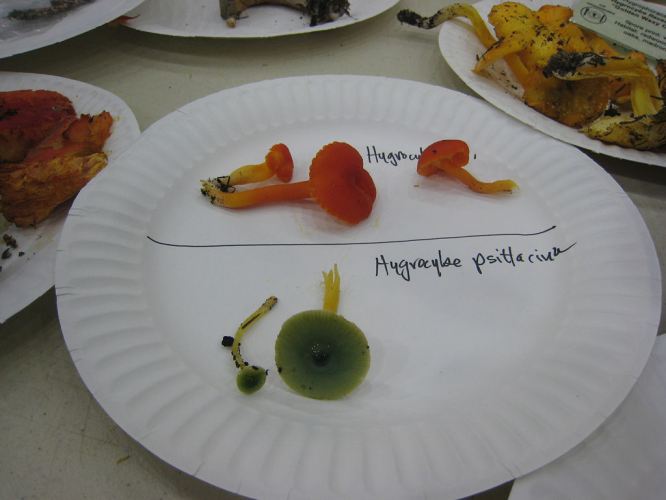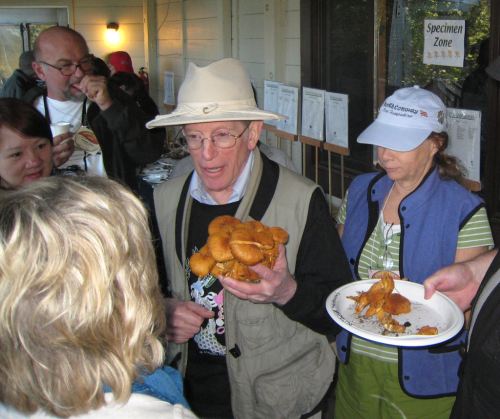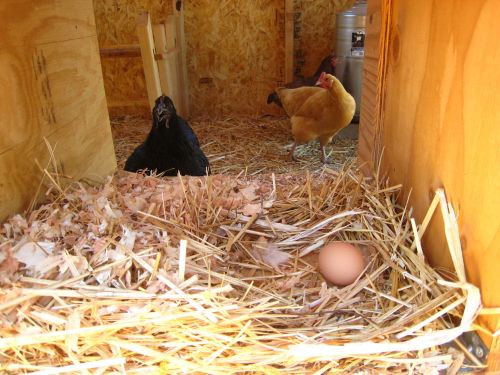There is a morning every fall when the vegetable gardener grabs his/her coffee/tea and heads out into the garden. The harvest is starting to slow up and there is an extra bite of chill in the air. Soon, a white blanket of frost will cover your beds. For some gardeners, it marks the end of the year. For stubborn gardeners like myself, we want fresh, pesticide-free veggies from the backyard, and as few produce as possible from Mexico or New Zealand or Russia where fuels are consumed to haul them thousands of miles to the local grocer. We’re not localvore zealots, but if possible, we want to keep veggies growing until a really hard freeze.
This year, I had to face frost for the first time in over a dozen years. I wanted to build a frost blanket system that I could not only use for short veggies, like lettuce, but also for taller plants like broccoli and cabbages. Next year I will use the same system for a shade cloth to protect veggies from our scorching sun.
Here’s what I came up with:

Frost blanket framing using PVC pipes
A Quick Math Primer
We will use the forumula > 2∏r < (the circumference of a circle, where ∏=3.14) to determine how much PVC pipe to make a semi-circle over a row. This is just to get started because your semi-circle may be more semi-elliptical to account for taller plants. Let’s simplify ∏ as the number 3.
Therefore, a half circle is 3 times 1/2 the width (i.e. diameter) of your bed, or even simpler, 1.5 x width of the bed. For the above bed where the width is 4ft, the minimum pipe length should be 6 ft (1.5 x 4).

Half inch PVC pipe fits well over rebar

Use a half inch coupler to join PVC pipes.
Low, Med, High, Super High
By using inexpensive half inch couplers, you can adjust the height of this frost blanket system to match the height of the vegetables you are protecting. Remember that you want the blanket to get as close and low to the vegetables as possible without touching them. It’s the warm air pocket that insulates the plants, not the blanket.
My Frost Blanket System
- Purchased 10ft x 1/2″ PVC pipe. Easy to bend and cut. Made two lengths of 18in sections off each pipe to use as extensions.
- Also bought 1/2″ PVC connectors to put on one end of the pipes. Allows to change the height of the system.
- 3/8″ rebar in 1ft sections, but you may want 18″ or 2ft if you have soft ground.
- Remay cloth for the frost blanket. It is 67″ and you can buy different lengths. If you need a tall cover, you may need to double the frost blanket as the standard width is 67″ (5ft 7 in.)

Use Remay cloth for frost protection.

Rocks hold down Remay cloth. Clips or old garden hose segments fasten to PVC pipe.
Other Frost Management Tips
- Water often (avoiding the leaves) and well. Water is your veggies’ defense against frost. Keep the ground moist.
- If you can water with warm water from a garden hose that is out in the sun or if you have a small bed of fall veggies, water with warm water at night before you go to bed.
- Mulch with hay or newspaper around vegetables to keep soil warm.
- Don’t forget to remove the blanket if you have a warm day.
- Instead of using expensive clips to attach the Remay, you could take an old garden hose. Cut 2-3″ lengths and make a slit down the middle so it can go around the PVC pipe.

Remay clips can be bought or made from old garden hose sections slit in half















